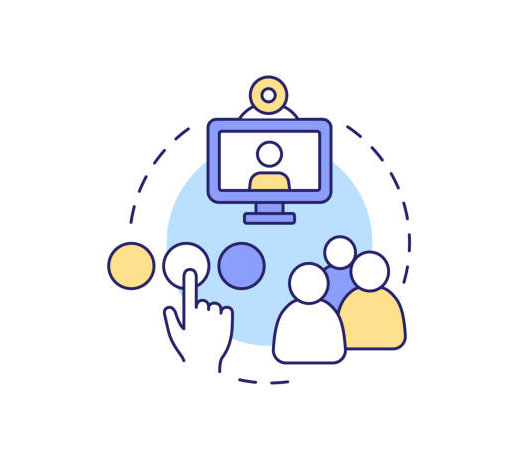Open Pedagogy
Open Pedagogy centers around the idea of open educational practices. These practices involve the creation, use and adaptation of open educational resources to create more engaging learning experiences. Open Pedagogy differs from traditional teaching methods due to its emphasis on collaboration and interactivity through the use of open (widely accessible) information. It has an ability to empower students to actively shape their educational experience, by accessing a wide range of free resources and differs from traditional teaching, which often uses a model of instruction where the teacher relays information to students. By opening a space to create and share knowledge, Open Pedagogy changes the way that students learn.
OER
Open Educational Resources (OER) can include various educational resources, such as textbooks, lessons and even full courses. By doing this it makes it easy to dive into topics that weren’t previously as available for people, allowing them to get a better idea of what they like and want to pursue in the future. OER, in my own learning, has been extremely important to not only my education but my professional experience as well. An example that I’ve used is freecodecamp.org’s YouTube videos, which are an excellent way of learning anything computer science – and their video on APIs even helped me complete a project over the summer for my co-op that I don’t think I would be able to do without it. OER contributes to making education more equitable and accessible by means of making quality learning materials available for everyone, regardless of financial situation or location.
Global Trends
The growth of the OER movement has been increasing over the past couple of decades, with more and more support from governing bodies around the world. Some countries and institutions have fully embraced OER, while others remain hesitant due to concerns over quality, sustainability, or the upfront costs of creating open resources. However, the benefits of OER—such as reducing educational costs, enhancing access, and enabling adaptable, localized content—have made it an appealing option. Governments in countries like the United States, Canada, and several EU nations have even launched initiatives to fund the creation and distribution of OER, aiming to make educational resources more inclusive and widely available. As information about OERs and the benefits is spread, it is expected that more places will contribute.
Open Pedagogy Attributes
The attributes of Open Pedagogy—student centred learning, collaboration and sharing, use of OER, transparency and empowerment—provide a fundamental set of values to refer back to in implementing Open Pedagogy. Implementing these in my own educational practices could involve using collaborative tools like wikis or open-source platforms to share resources and work on group projects, which promotes connectedness and sharing. Also, encouraging peer review fosters reflective practice, where students can learn from each other’s feedback and gain different perspectives on their work. By focusing on student-centered learning and involving students in the creation and adaptation of materials, open pedagogy allows us to learn in a more active, participatory way, making education feel more accessible and responsive to diverse needs. Another example from my field of work is open-source software. Open-source basically means that anyone can contribute to it freely, and it is also an excellent way of learning computer science – by contributing to existing software.
Understanding CC Licensing
Creative Commons (CC) licensing is essential for responsibly using, adapting, and sharing Open Educational Resources (OER) in my studies in geography and computer science. These licenses give clear guidelines on how resources can be used, ensuring we respect creators’ rights while fostering collaboration and access. For example, if I find a climate dataset or a GIS tutorial under a CC BY-SA license, I know I’m allowed to modify and expand it—as long as I credit the original author and share my updates under the same license. CC licensing not only supports my learning but also empowers everyone to contribute responsibly to a wider academic community.

